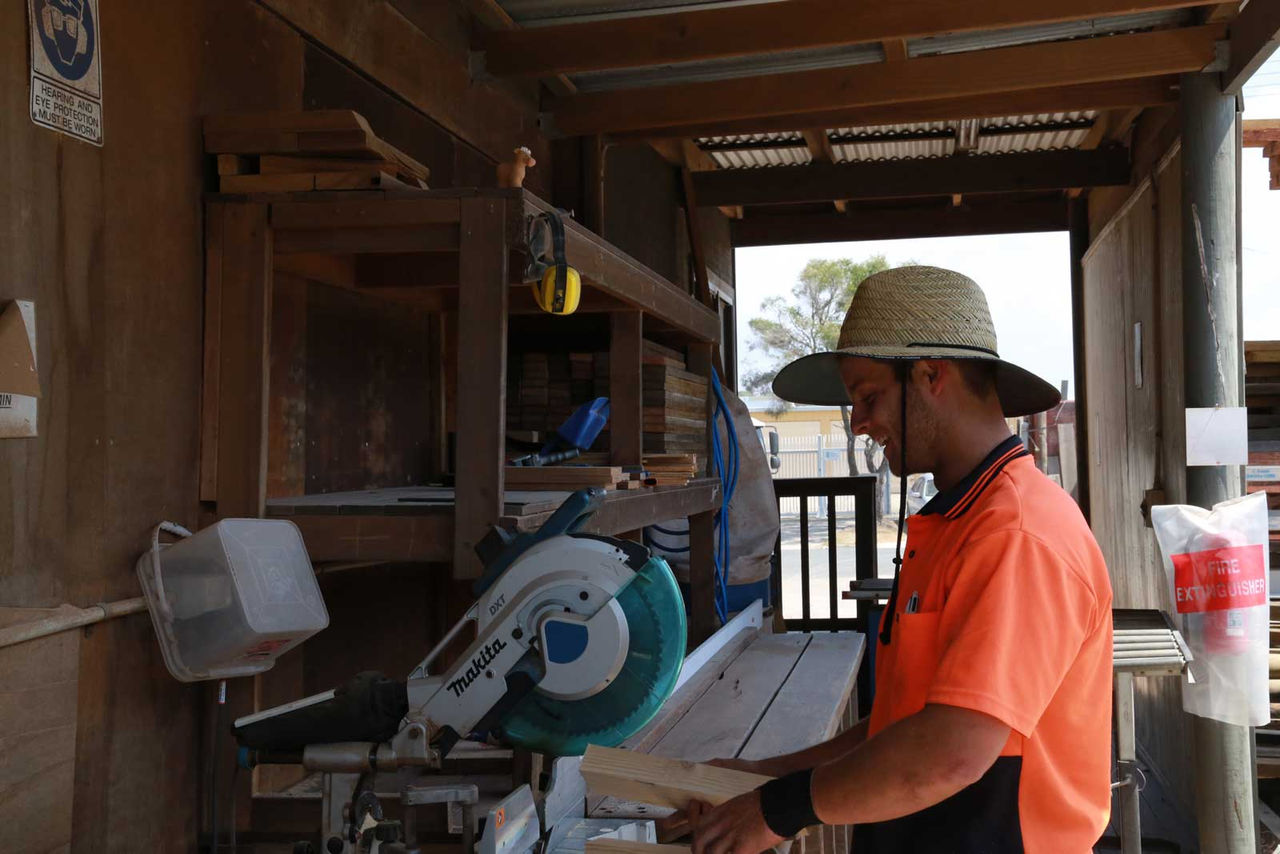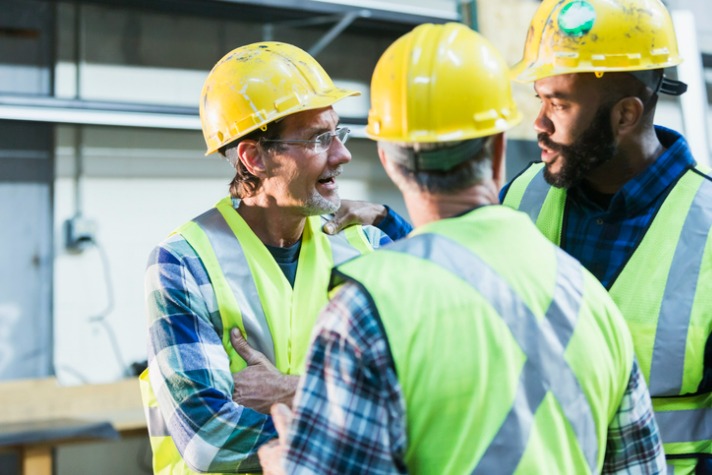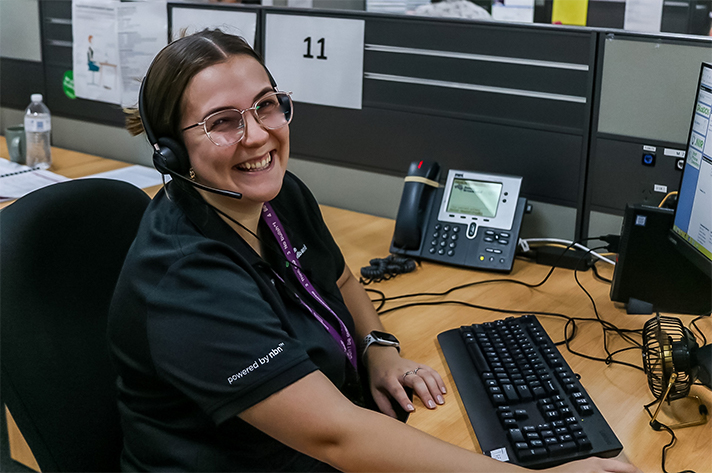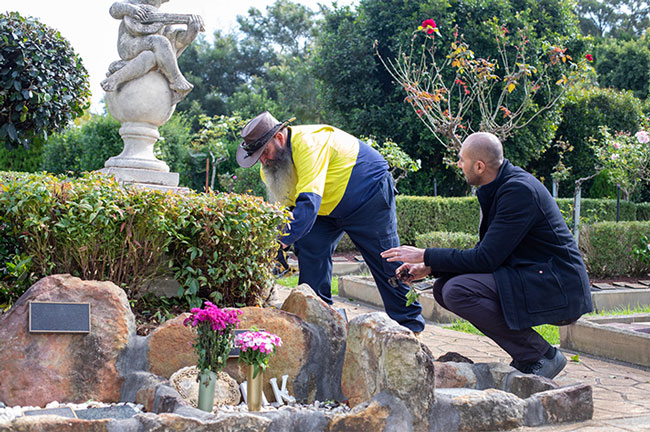The importance of safety in the workplace
Published by MAXSolutions on March 09, 2023
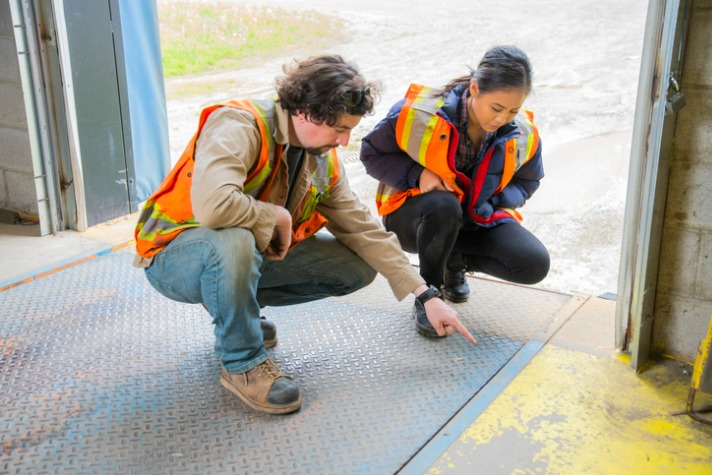
While injuries in the workplace are on a downward trend since 2001, there are still too many injuries and accidents occurring in Australian workplaces.
Workplace safety is everyone’s responsibility, however, if you lead a team or department there is a duty of care that you have to your colleagues.
Why safety in the workplace matters
While worker safety is the primary goal of a focus on health and safety at work, there are several other significant impacts to an unsafe business.
Loss of income or products
Injuries at work generally led to time off with the median time lost for serious work-related injuries at 7 weeks.
Depending on your business scope or team the injured parties could be subject matter experts and thus vital to the smooth operation of your business.
If the accident involved machinery or equipment there are also associated down times for repair or replacement costs to think about.
Morale
Employees want to feel safe at work, but when they don’t, this could affect their ability to work efficiently and effectively.
If poor morale isn’t resolved it can become an endemic issue that could spread through the business and ultimately lead good employees to leave.
Adjustments
When injured employees return to work there are generally changes that need to happen to work-flows, procedures and policies.
These changes can result in the duplication or creation of additional safety measures that can cause even more disruption or additional layers of oversight that may seem like an overcorrection.
That’s why ensuring your workplace is safe and creating effective safeguards before they become a problem is so important.
What can I do to improve safety in the workplace?
There are many things you as a leader can do to make your workplace a safer place to be.
It will of course depend on your resourcing and the size of your business to how you implement the following tips, but they will lay a great platform for a safe workplace.
Reduce stress
Stress at work can be a big cause of workplace injury.
While some stress is unavoidable, consistent, high levels of stress at work can upset team morale make people less focussed, and lead to preventable and potentially dangerous mistakes.
The first step in reducing stress within your team is by understanding what motivates them, their individual working styles, and what they value in life.
It is no use implementing measures to curb stress if what you are implementing doesn’t align with your teams’ values.
By understanding your colleagues, you can provide solutions that are individualised.
For example, some colleagues may find less value in meetings and prefer information communicated via email as it is less disruptive to their workflow.
Knowing this information, you could then tailor your communication style to have fewer meetings that frustrate team members and minimise a potential stress trigger.
Provide the right tools
Have you ever tried to hammer a nail with a screwdriver?
While that may seem quite absurd, for many workplaces that scenario might not be that far from the truth.
Tools that are poorly maintained, ineffective or just not fit for purpose might be a cheaper option in the short-term, but should they cause an injury you may find your budget saving becomes a budget blowout.
Communicate openly
Being clear with your team is vital for maintaining their physical health at work.
You need to clearly communicate things that may affect their job and their ability to do it safely.
You also need to ensure that your team understand the expectations for the workplace as well as how to perform their role safely.
Being open with your communication also helps build trust within the team. You want your team to feel safe coming to you for advice or if there is a problem.
When staff keep secrets or hide mistakes from you, you can’t put measures in place to keep them safe.
Mental health is important too
Being safe at work isn’t just about your physical health, mental health is important to look after as well.
Mental health conditions that arise from a workplace injury are often the costliest to businesses with injured workers taking much more time off.
Safe Work Australia has identified the most common psychosocial hazards that can harm a worker’s mental health which may include:
low job control
poor support
lack of role clarity
poor organisational change management
inadequate reward and recognition
traumatic events or material
remote or isolated work
poor physical environment
violence and aggression
bullying
harassment, including sexual harassment
conflict or poor workplace relationships and interactions
Many of these hazards are within your control and by having open channels of communication, clear expectations and an inclusive attitude, many of these psychosocial hazards can be avoided.
If you feel that someone on your team is struggling with their mental health you could also suggest using an Employee Assistance Program if your company has one.
This Article was written under the review of Dr Evelyn Wong.
Evelyn is a medical advisor at Injurynet Australia.
She has over 13 years’ experience working as a doctor in occupational health and hospital settings and is currently completing her Graduate Diploma in Occupational & Environmental Medicine.
Share
Tags
Found this useful?
Help and advice
Our blogs are about helping people seek the information that they need for their steps in the workforce.




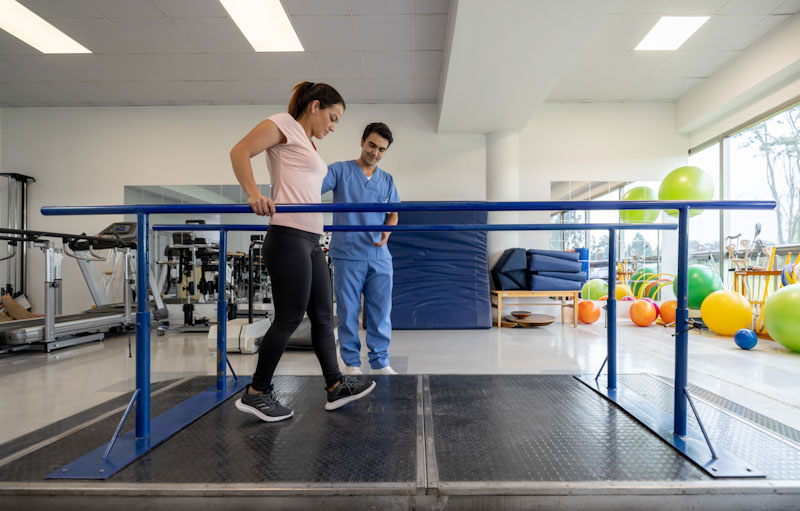




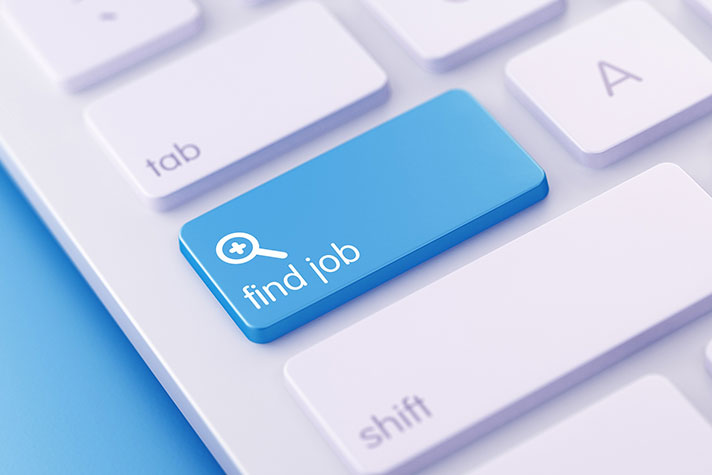




_1.jpg)








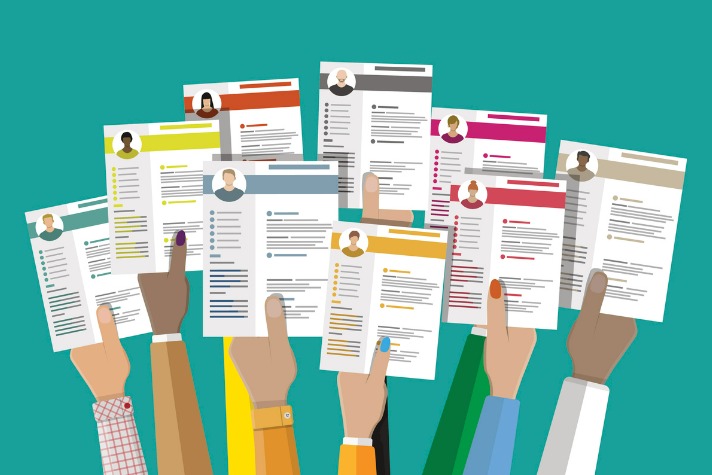
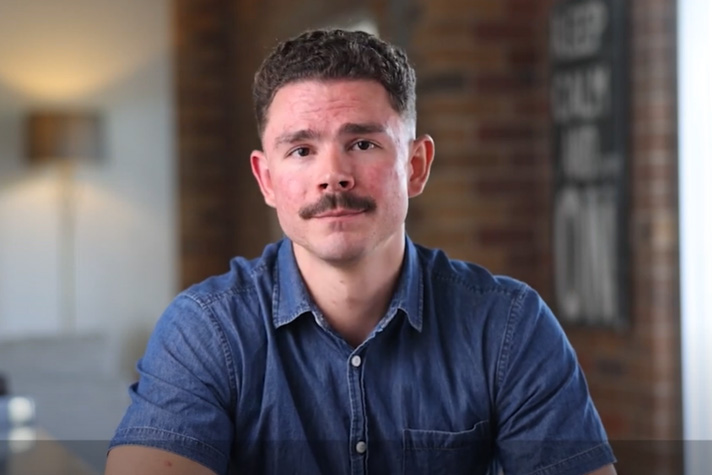









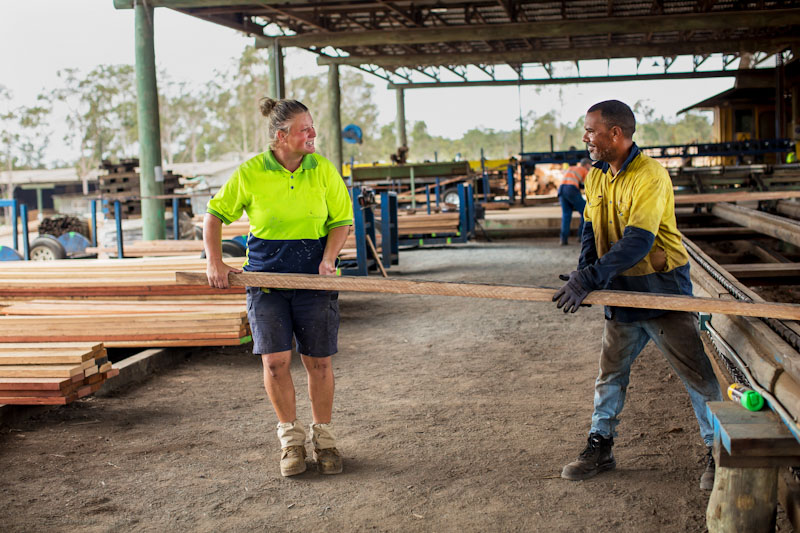
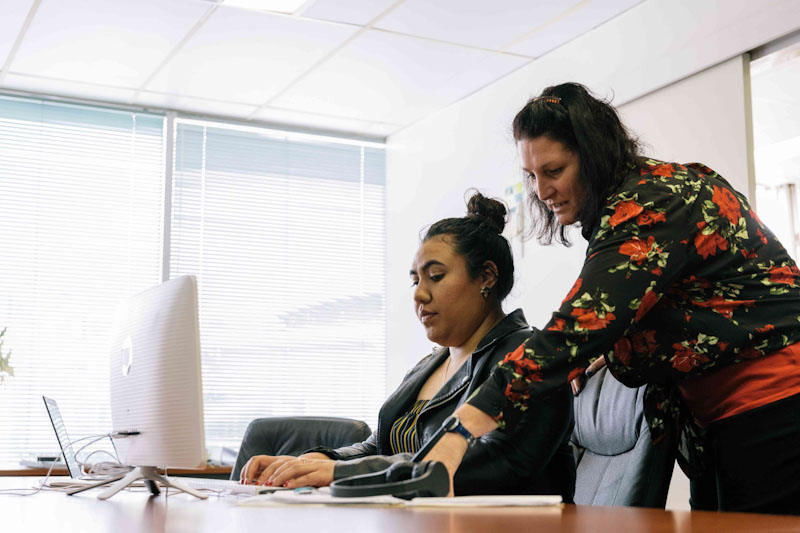




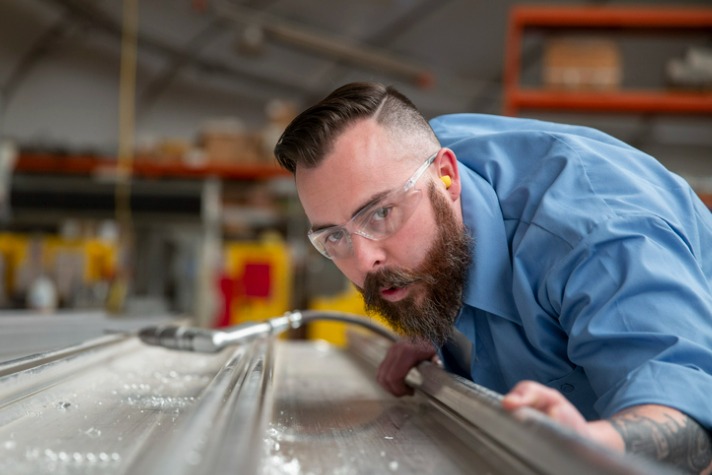



.jpeg)
